On a misty Sunday morning in early March, Minnie and I caught the bus to Hanstholm, a town with a large commercial fishing harbour on the west coast of Denmark, located on the periphery of Thy National Park. Just two weeks earlier, we had relocated to this beautiful part of Denmark, basing ourselves in the market town of Thisted where I’d begun working at the local museum.
We got off the bus near the village of Tved where our hike began. It wasn’t long until we reached Tved Kirke, an isolated church built at the end of the 12th century. At the time, there was a village surrounding the church, but it was abandoned due to sand incursions beginning around 1500. Up through the 16th century, sand gradually swept in from the west, destroying cultivated areas, forcing farms to move further east. The only building that remained was the church, and efforts were made to keep the cemetery free of sand in the centuries that followed.
In 1902, large amounts of trees were planted in the area, creating the dense forest that is now known as Tved Plantage. This effort changed the landscape forever, and brought an end to the frequent sand incursions. We wandered into the misty forest, and I thought to myself that I need to remember to do this more often. To hike in “bad weather”, and not just when it’s sunny and clear. Because there’s really nothing like a misty, moody forest.

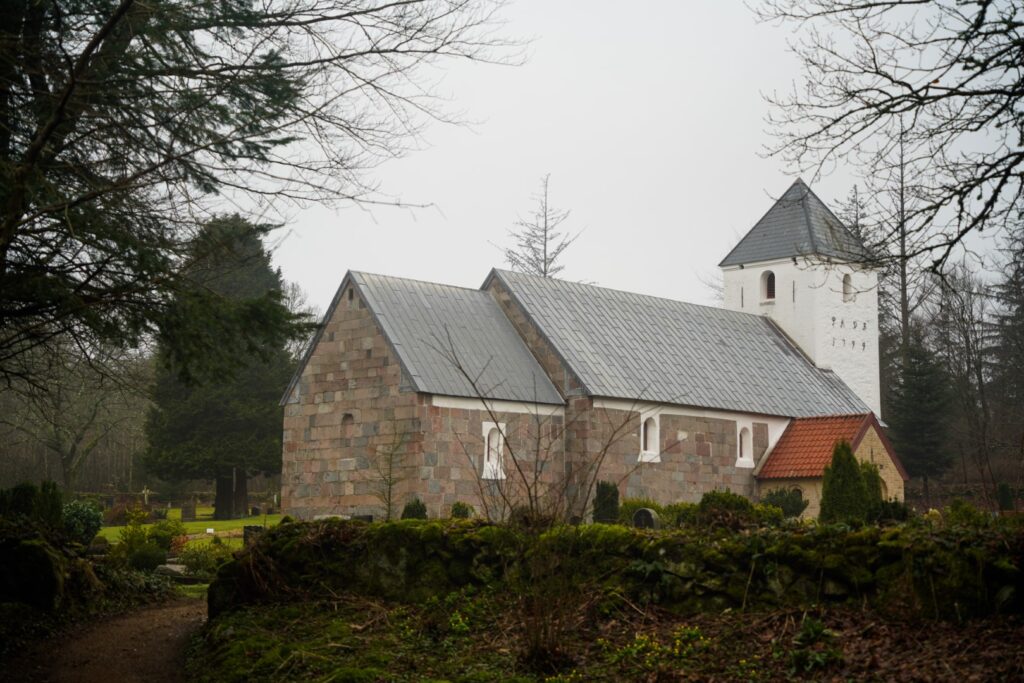

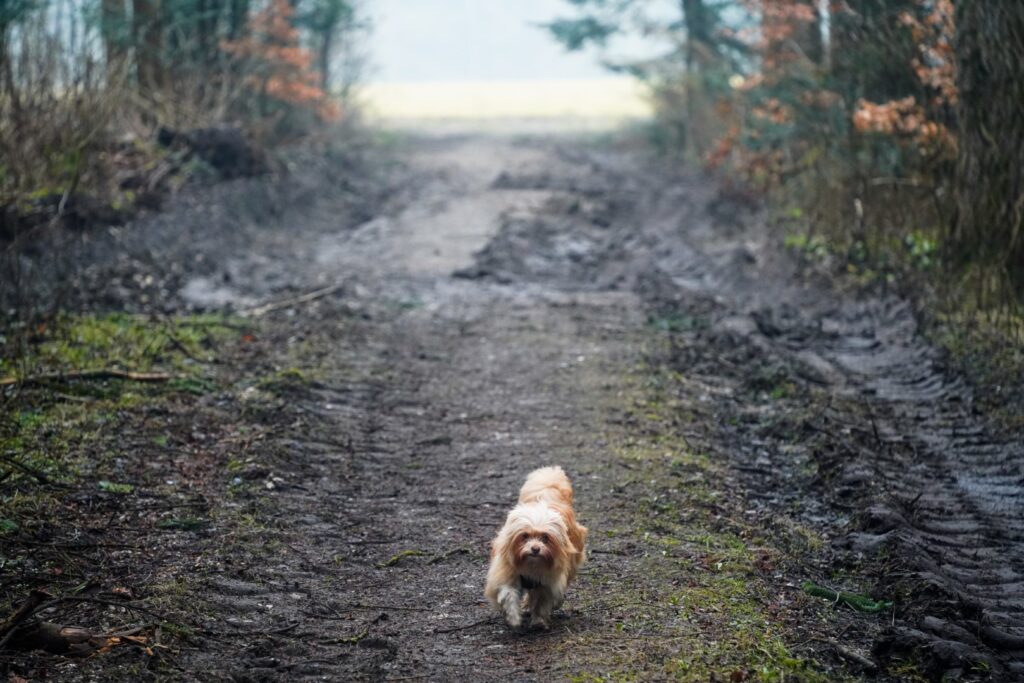
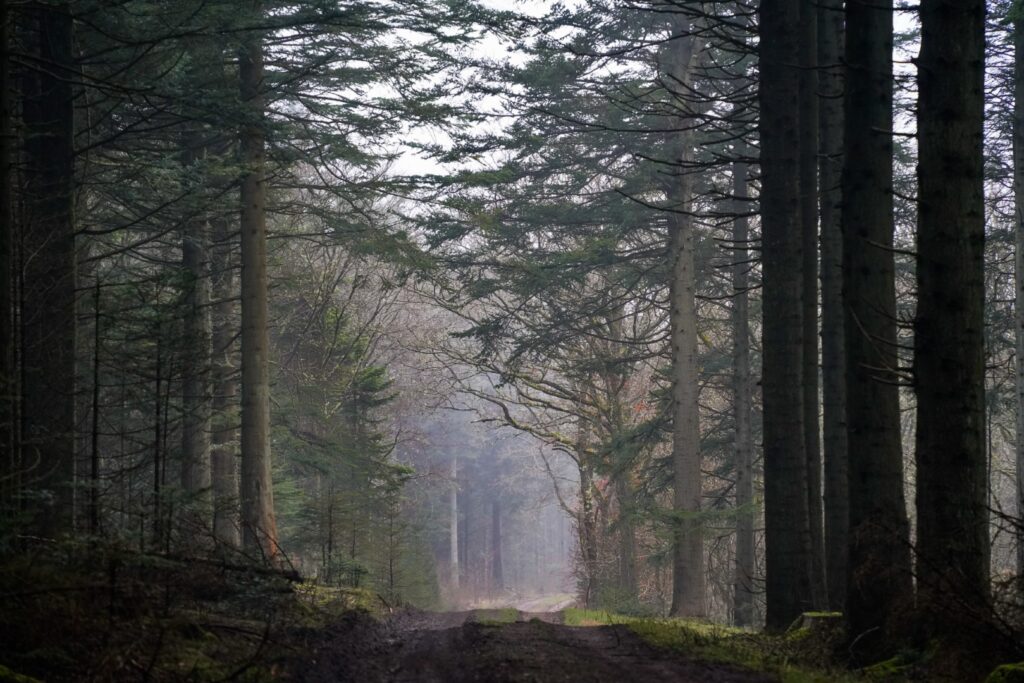
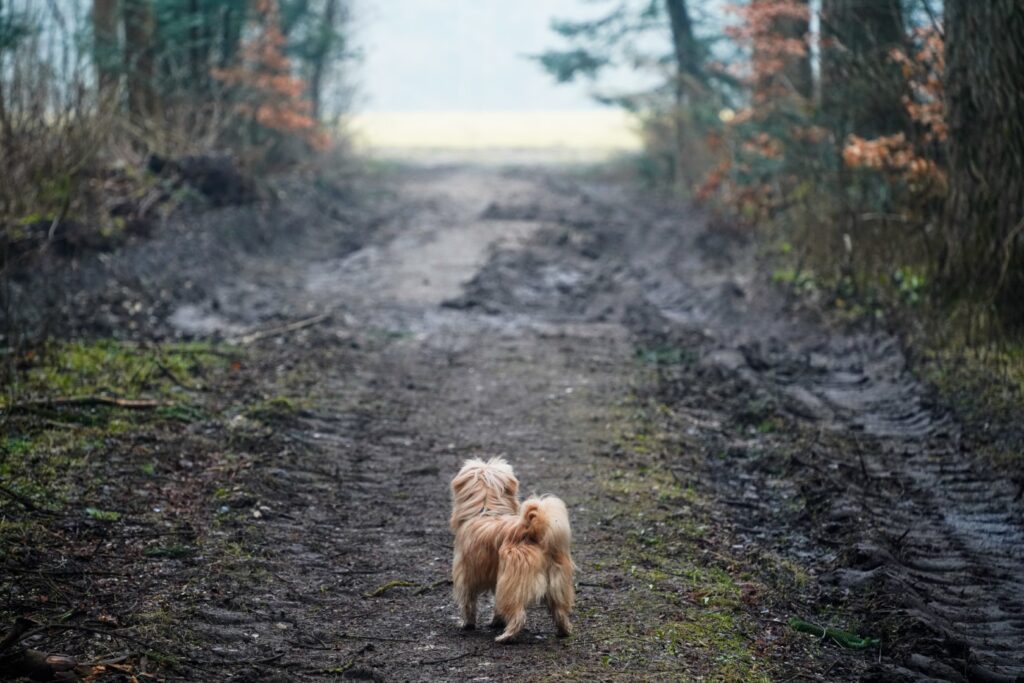
As always when I go hiking, things were not smooth sailing and I soon realized that being Minnie’s size is a real advantage.
In my quest to find a lake I’d spotted on the map, I got us into a bit of a fiddle as the pathways were flooded. Somehow, it never occurred to me to return. Instead, I kept on going, clinging to the trees and jumping over puddles, with Minnie right behind me seemingly enjoying the hurdles.
Through brambles and with soaked feet from braving one too many “oh-this-doesn’t-look-so-deep”-puddles, we fought our way through. We found the lake and continued on, but more challenges followed. In the end, I was forced to give up on my desired route as we were surrounded by flooding. Thankfully, with the help of my phone’s GPS, we eventually found our way to a dry trail!
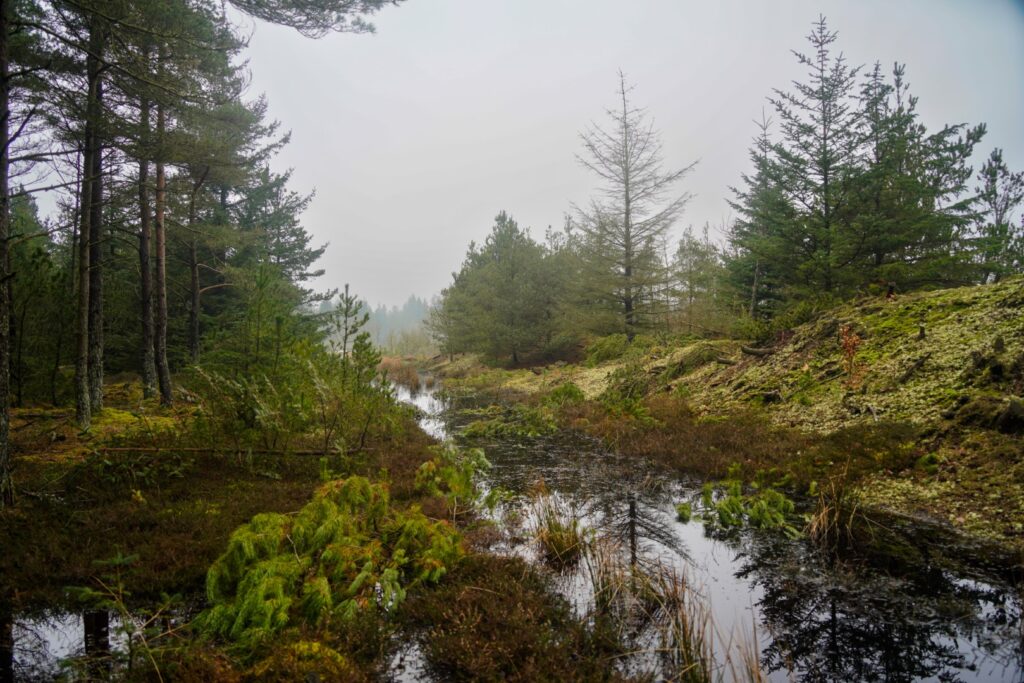
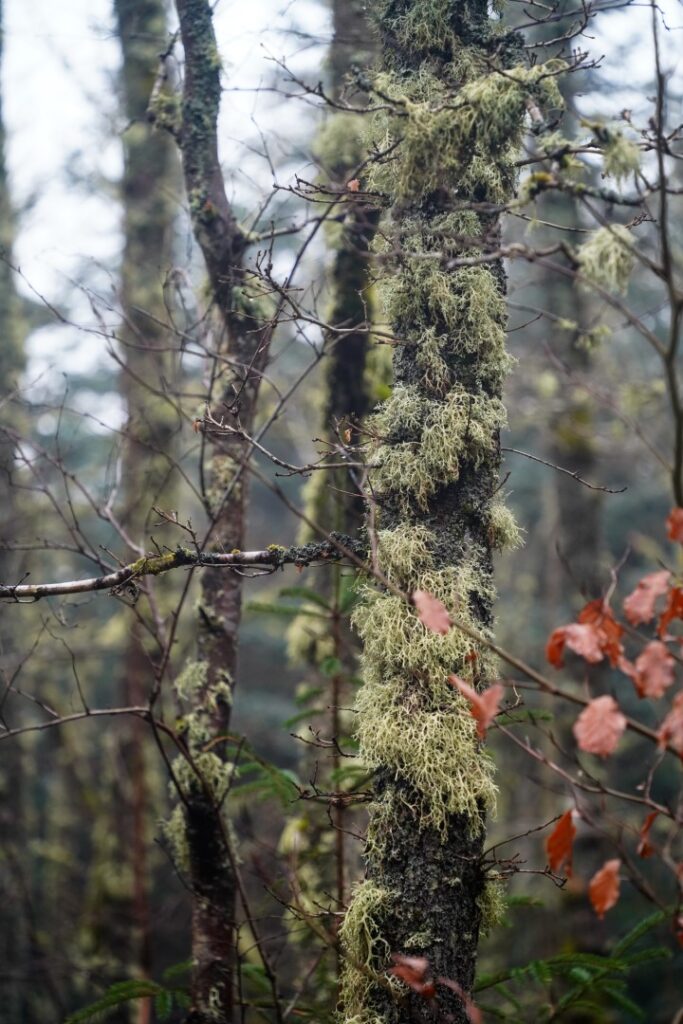
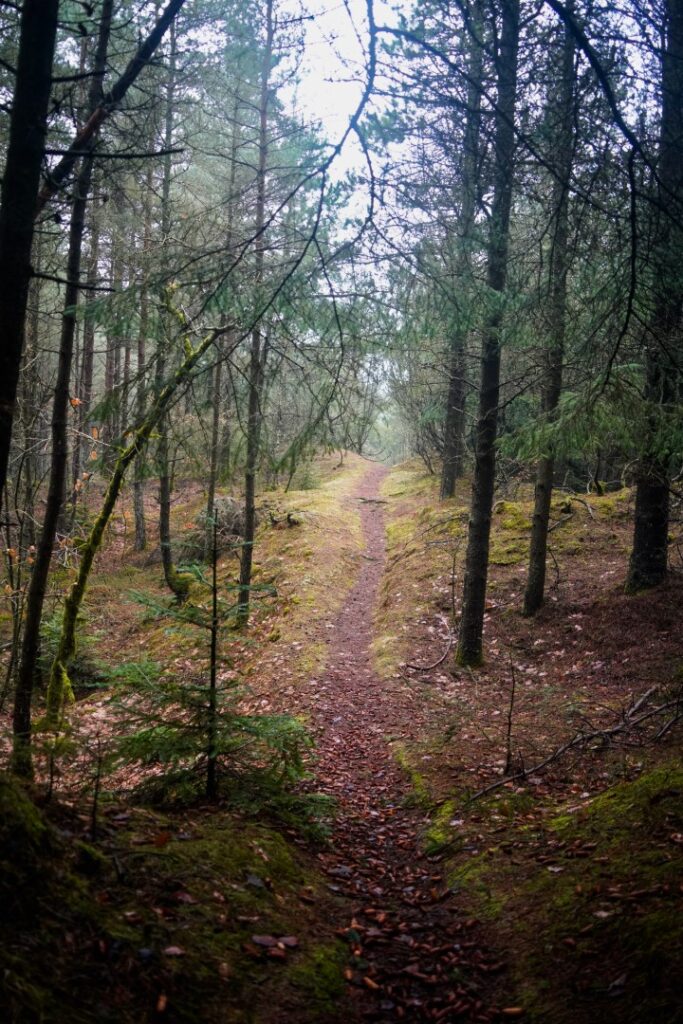
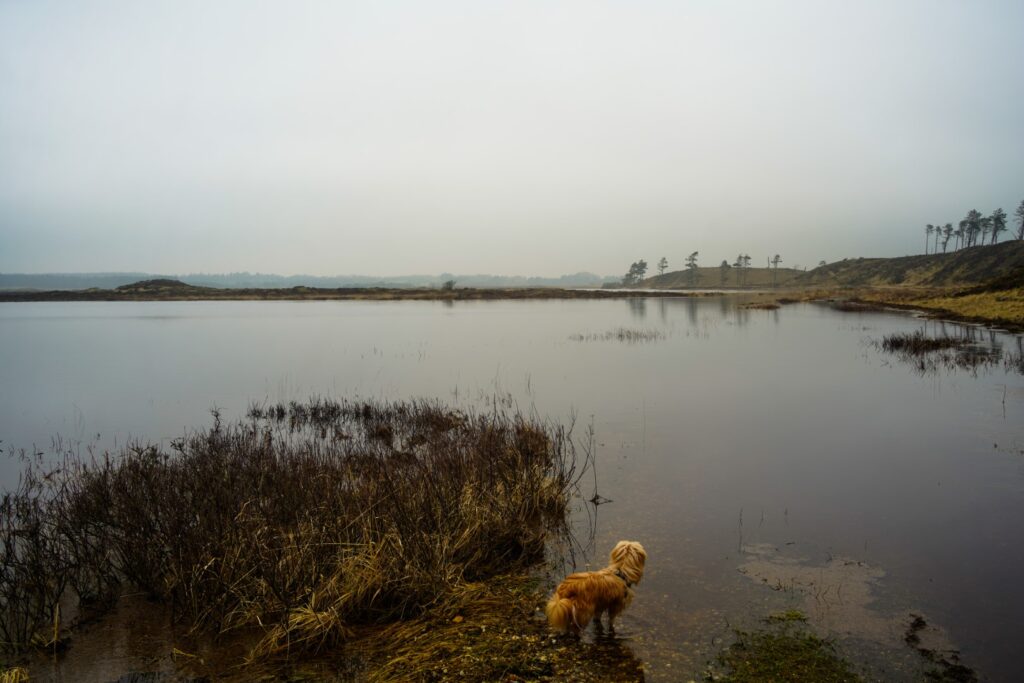
Flooded trails were a recurring issue but alternative routes came to our rescue. One took us through a meadow and up a hill with a gorgeous view. The beautiful dune landscape reminded me of the interior of the island of Rømø. Very typical west coast Denmark!
Eventually, after what felt like a lifetime of wandering through meadows and up and down sand dunes, we arrived at the first of many country roads. Then we walked along Ræhr Stien, a trail going past a rather unsightly gravel pit. The moody, atmospheric weather had turned to pure gloom, and it eventually started raining. After 15 (or so) long kilometres and a set of tired feet, we finally reached Hanstholm.

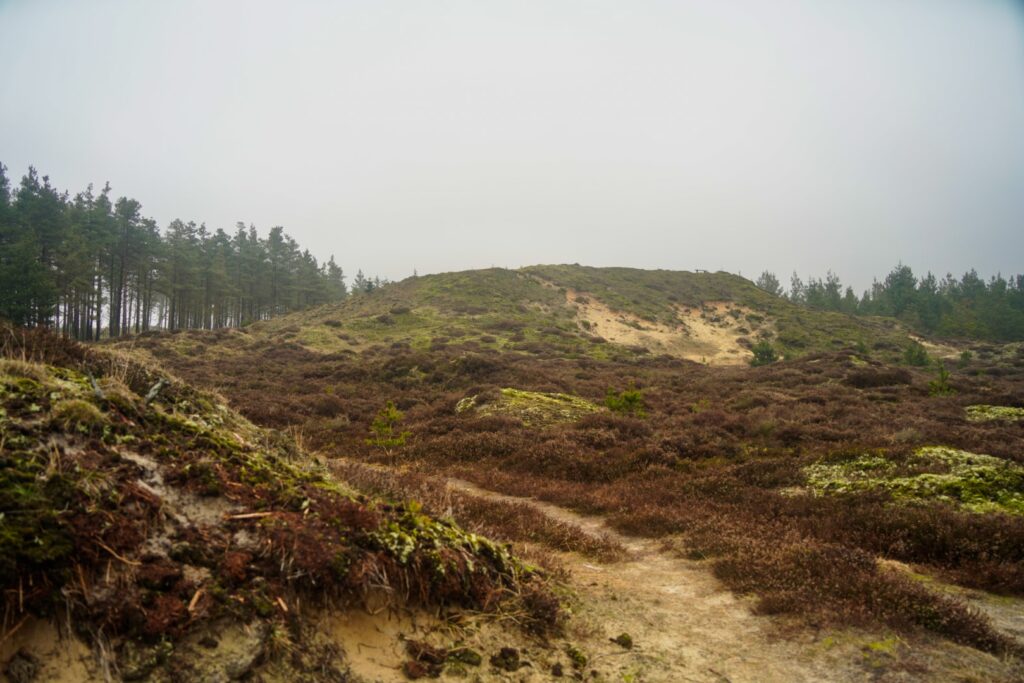
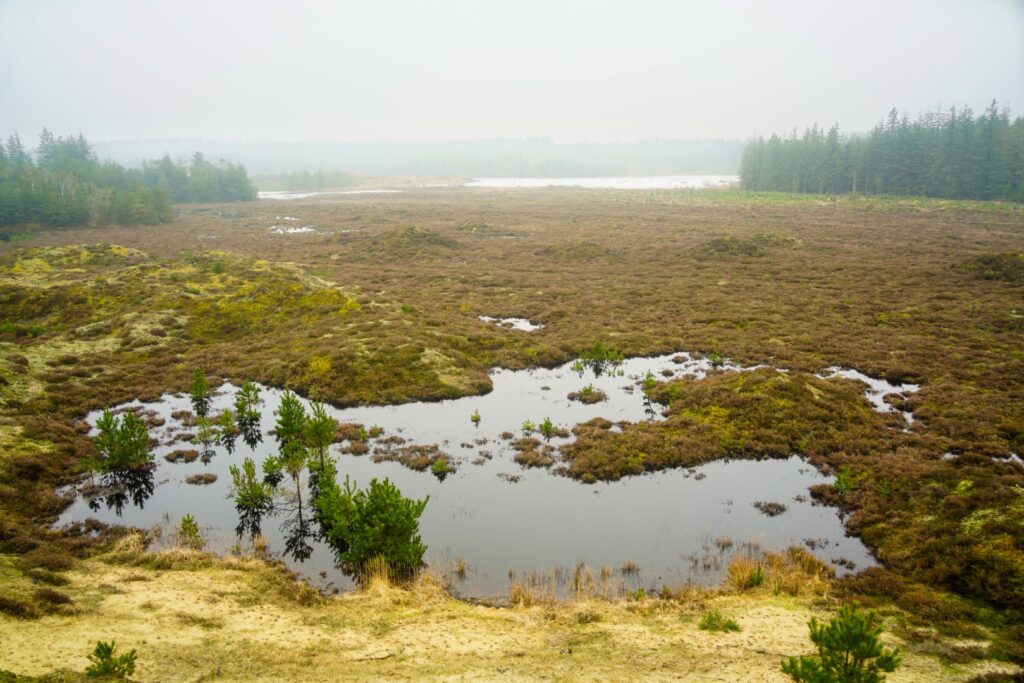
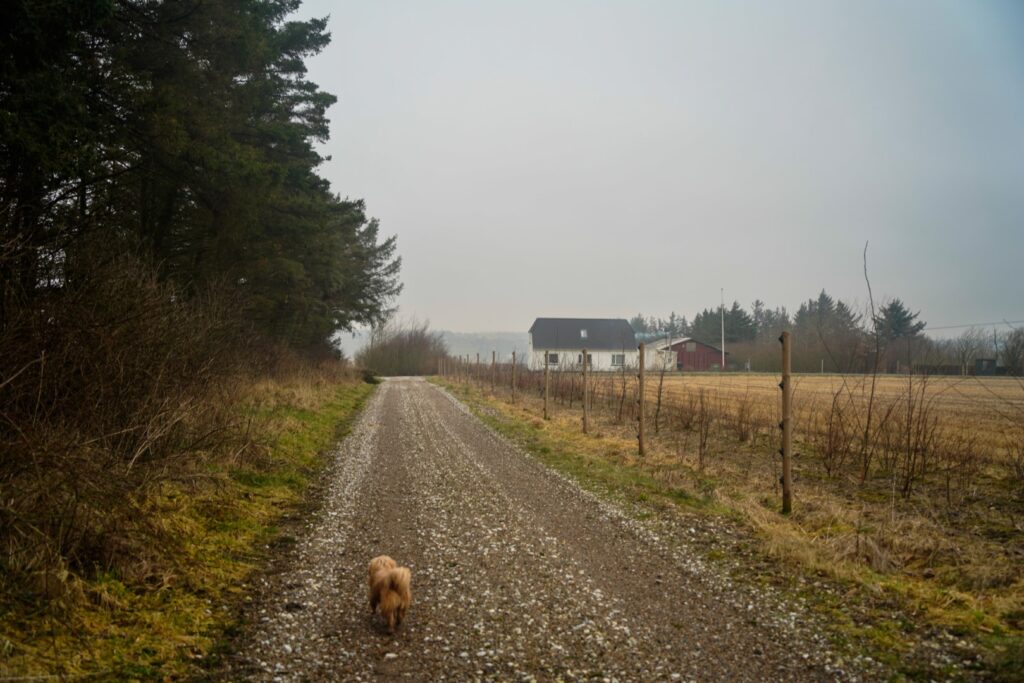

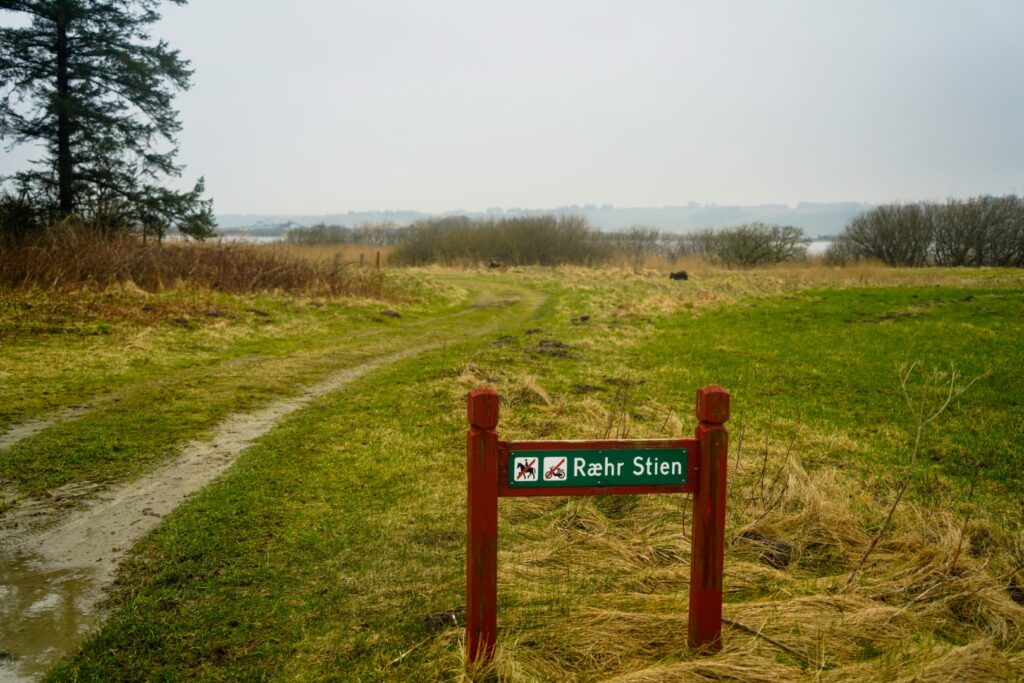
Hanstholm is an odd town, built around its enormous harbour with no true centre and lots of bunkers from the Second World War. But there was something about it that I really enjoyed. Probably its location at the edge of Denmark and the feeling of truly being in the middle of nowhere. I also love harbour atmospheres!
We wandered around Hanstholm for a little while but didn’t have time (or energy) to go up to the lighthouse, so that will have to wait for another visit. But we came across an abandoned art museum, called ‘Havhaven’, according to a sign, located on a hill above the harbour! I haven’t been able to find any information online about this place, but a colleague of mine told me that its time is soon over. It’s going to be demolished soon, so if you want to explore this abandoned piece of Danish art history, you’d better act fast!
We then headed down to the harbour where I got myself some much-needed fries, before catching the bus back to Thisted!
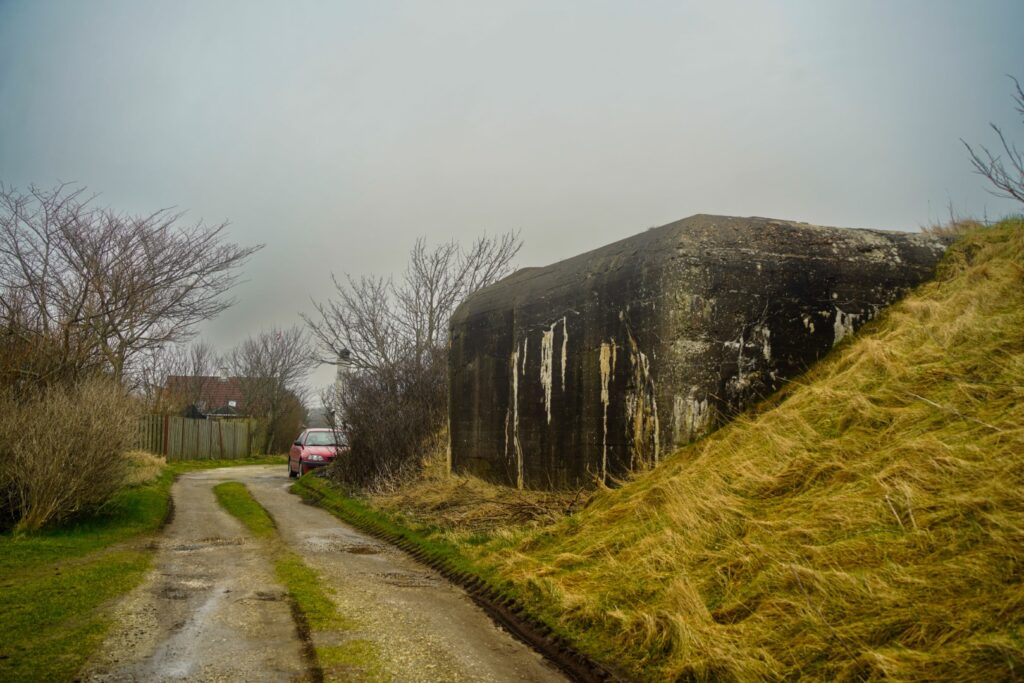
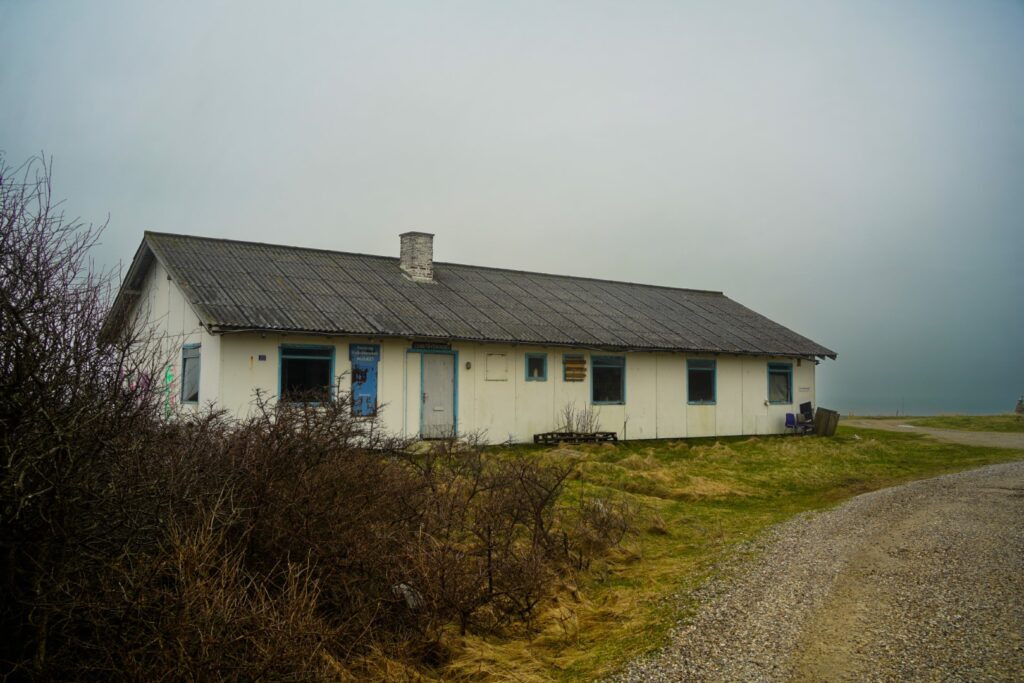
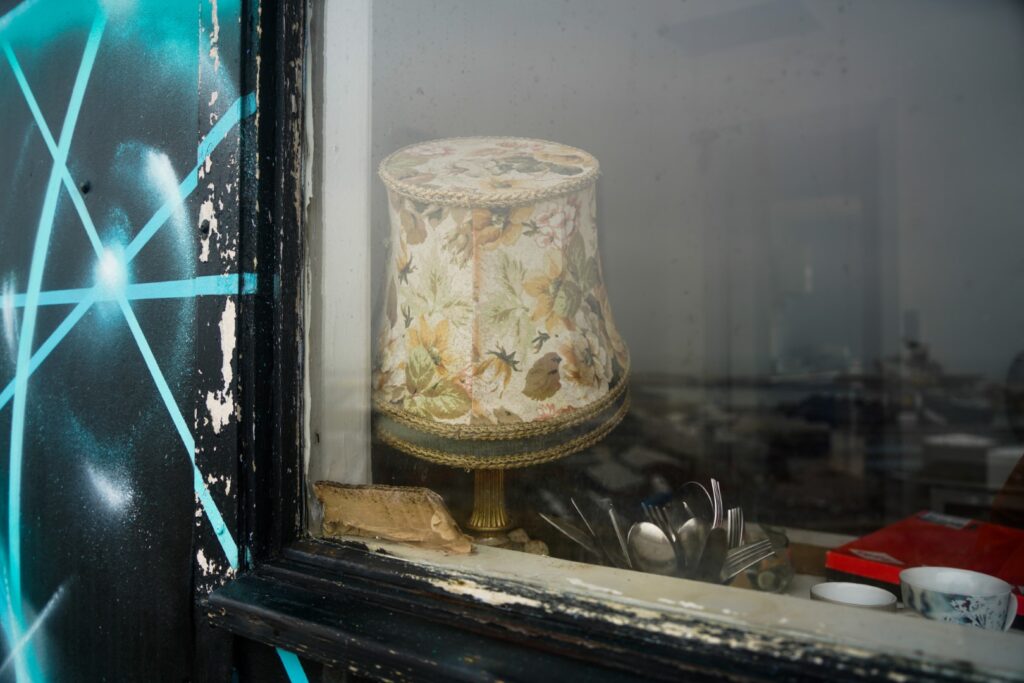
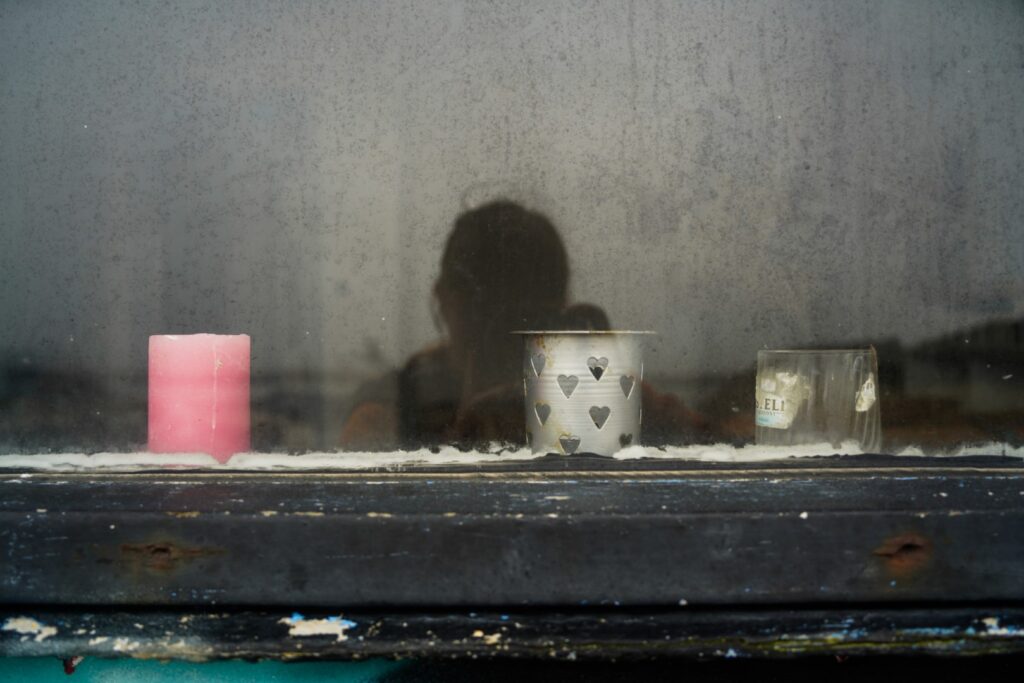
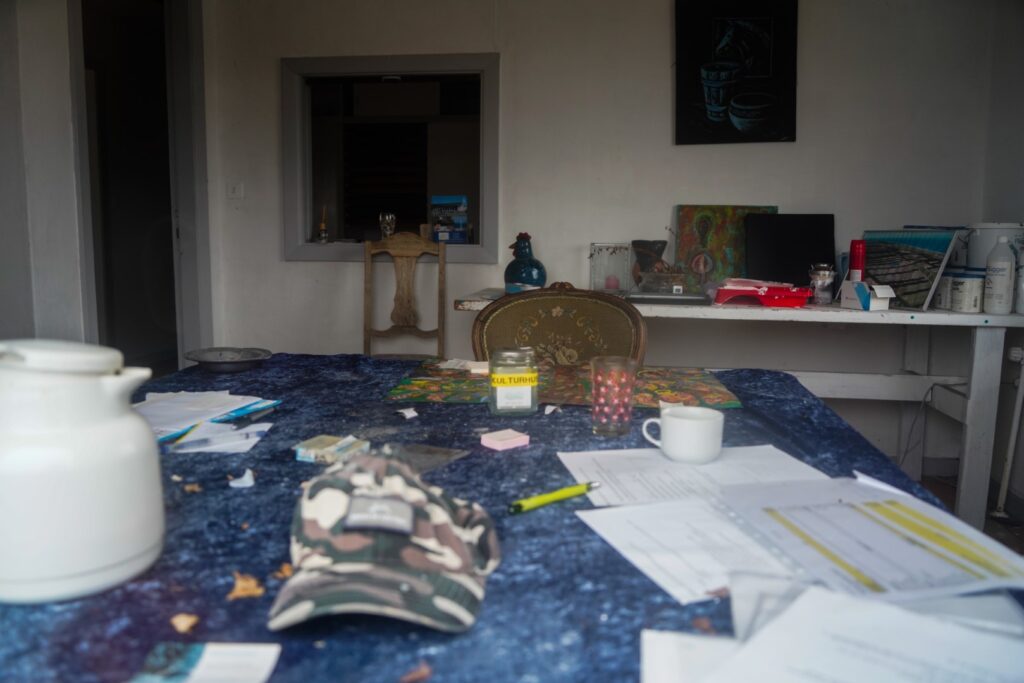
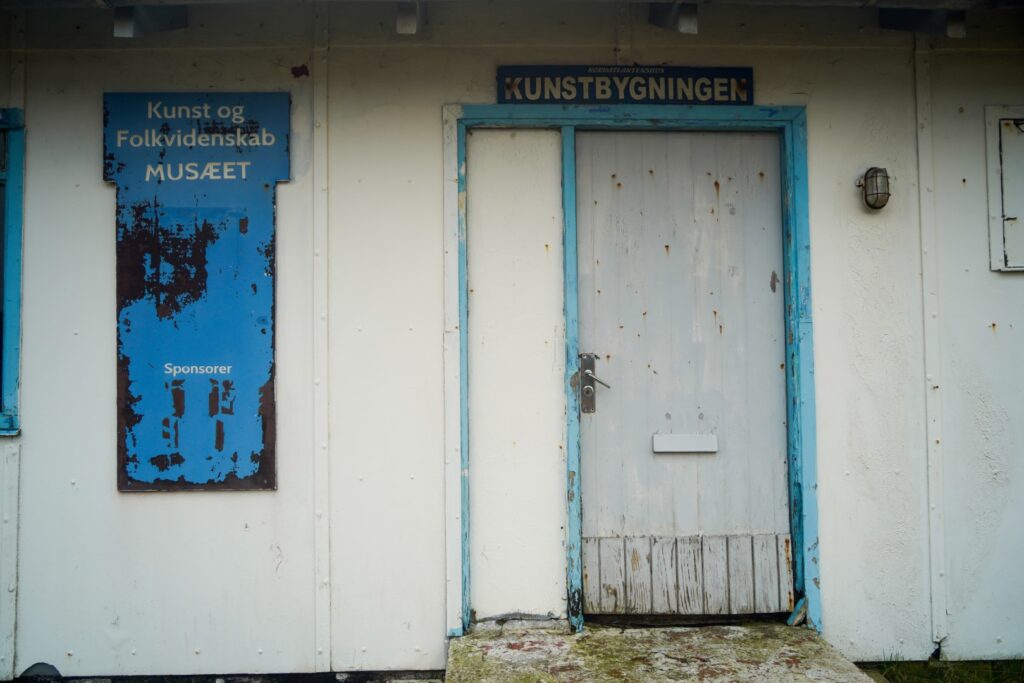
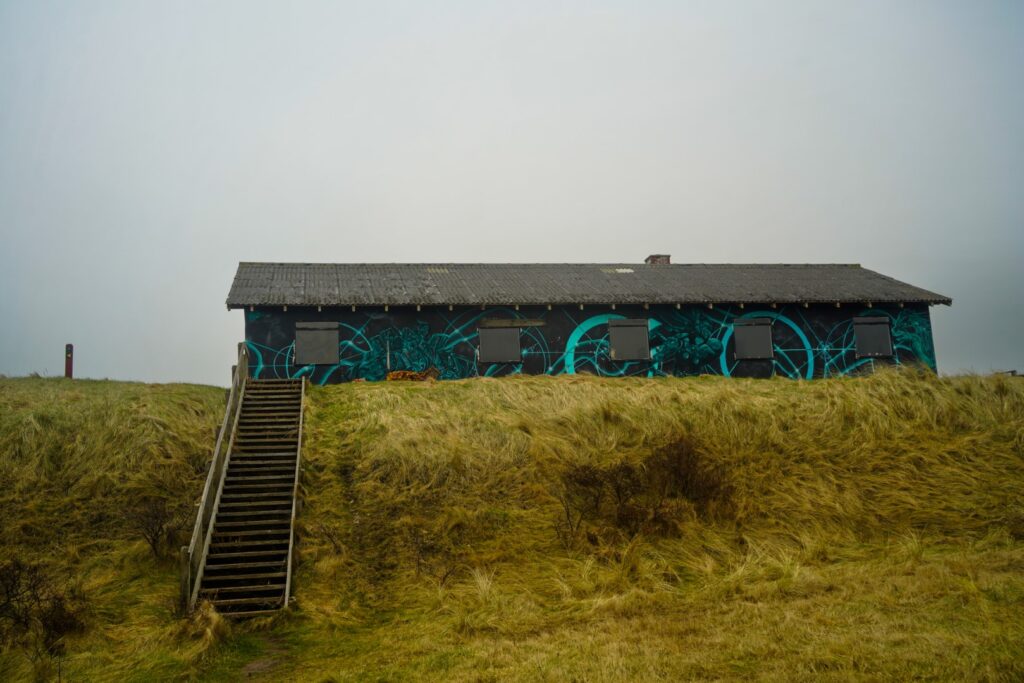

A moody yet beautiful hike had come to an end – my first of many hikes through Thy National Park!
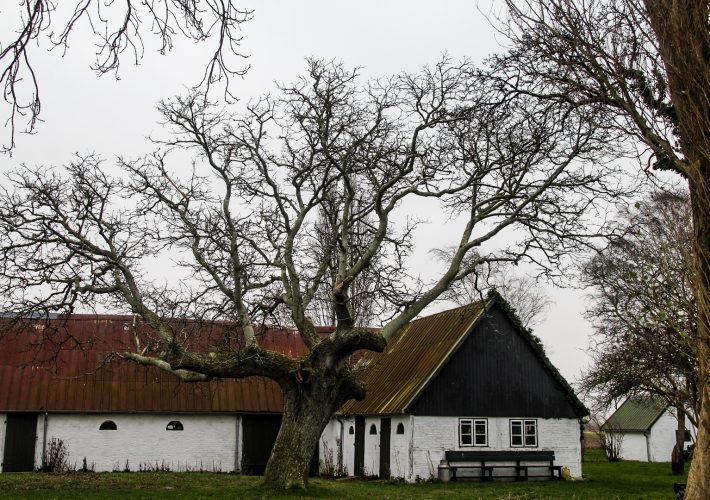
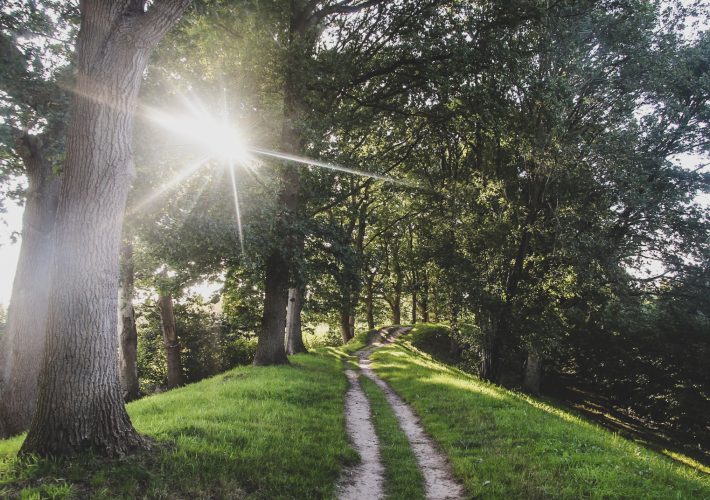
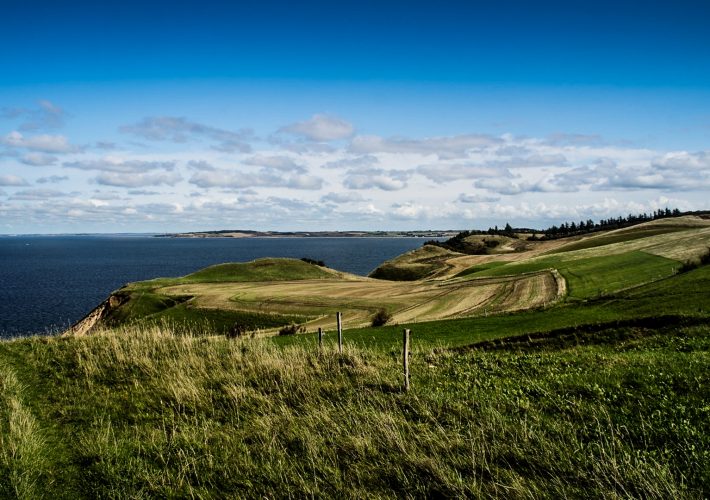
Leave a Comment